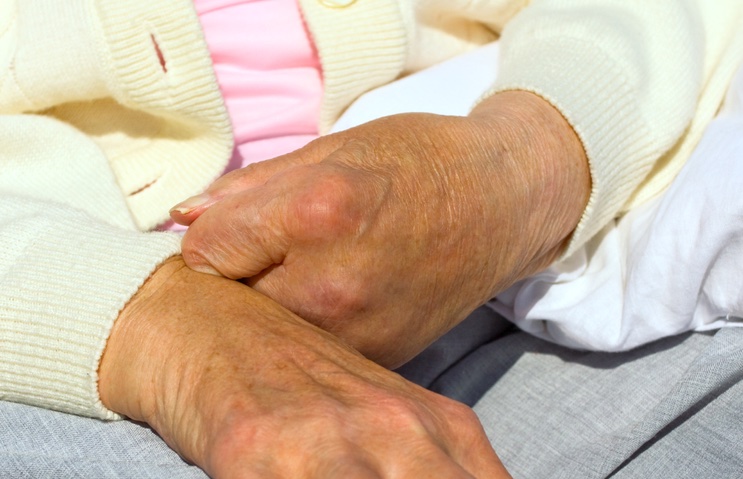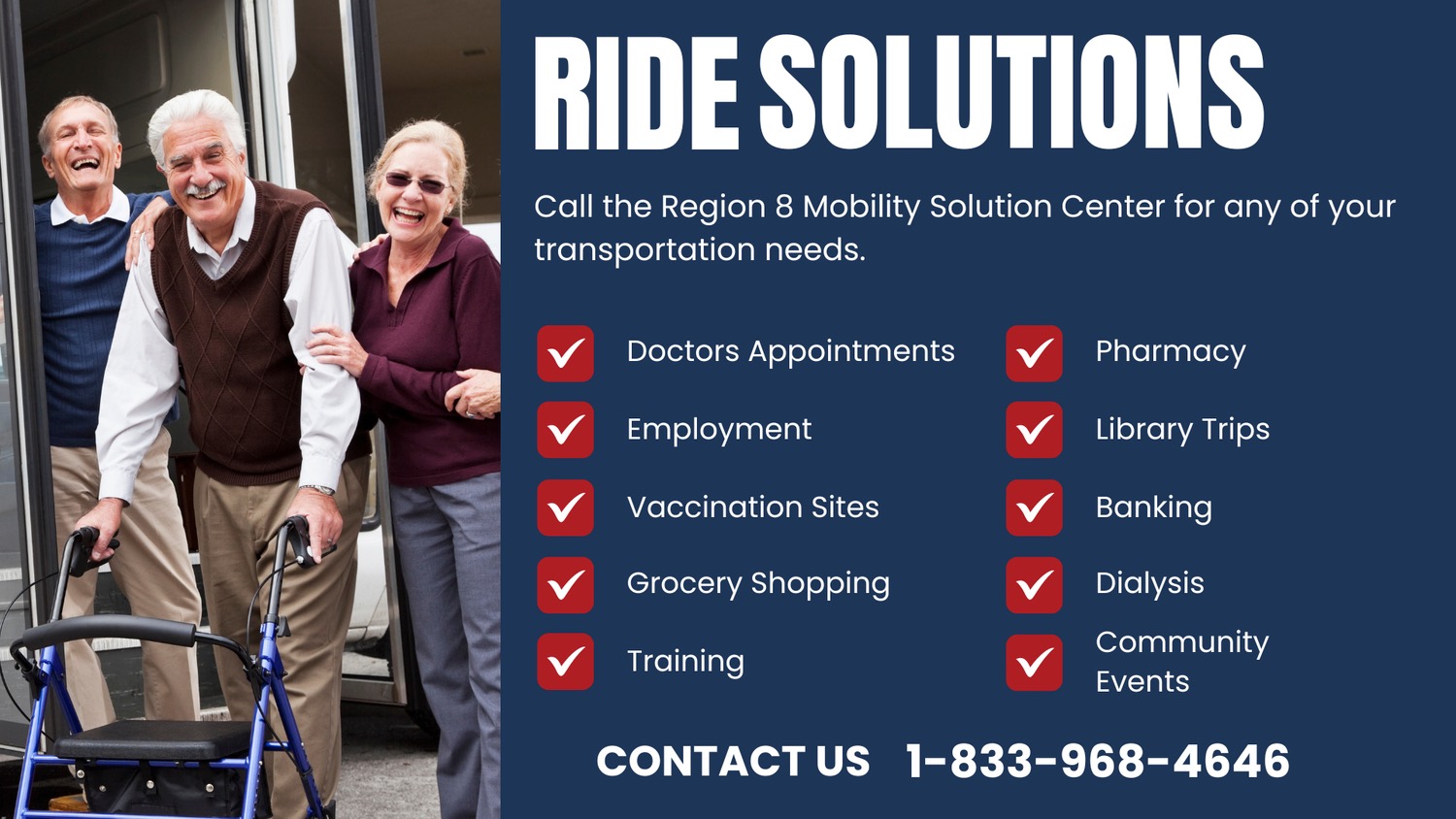
Heart Attack & Stroke Emergencies
The best way to have a healthy heart is to reduce the risk factors that are controllable. Encourage a healthy diet, exercise, and weight-loss program that works for the person. Make sure to check with your doctor before starting an exercise program because he or she might want to limit what the person in your care can do. An individual is more likely to change his lifestyle and stick with them, if he is a partner in the process.
The warning signs of a heart attack can be both sudden and intense or they can start out with mild aches and pains and develop slowly. It is important to be able to recognize these warning signs and report them immediately by calling 911:
- New chest pain or discomfort that lasts longer than 15 minutes and is not relieved by rest or medication
- Discomfort in other areas of the body (jaw, neck, back or arm)
- Breaking out in a cold sweat, nausea/vomiting or lightheadedness
- Stomach pain that may feel like heartburn
- Fainting spell or loss of consciousness
Heart Attack Signs in Women
Women who have had a heart attack recalled having warning signs up to a month before their heart attack. Their unique warning signs were not recognized or were misdiagnosed when they sought medical care. The most common early warning signs in women are unusual fatigue, sleep disturbance, shortness of breath, indigestion and anxiety.
Silent Heart Attack
Some estimate that nearly 50% to 80% of all heart attacks are silent. A silent heart attack can injure your heart just like a more obvious heart attack that doesn’t allow oxygen to get to part of your heart. But if a person doesn’t know that they or someone else is having a heart attack, they may not get the medical help you need to limit the damage. Knowing the subtle signs of a silent heart attack can help you identify one.
With a silent heart attack, symptoms can make you feel like:
-
You have the flu.
-
You have a sore muscle in your chest or upper back.
-
You have an ache in your jaw, arms or upper back.
-
You are very tired.
-
You have indigestion.
About every 26 seconds, an American will suffer a coronary event, and about every minute someone will die from one. If you are worried about symptoms the person in your care is experiencing, you should act quickly, be firm and insist that he or she gets help.
Even if you’re not sure it’s a heart attack, have it checked out. Minutes matter. Fast action can save lives. Call 911 if you or the person in your care, experience heart attack warning signs. An emergency medical services (EMS) team can begin treatment when they arrive. EMS staff are also trained to provide resuscitation efforts to someone whose heart has stopped. People with chest pain who arrive by ambulance may also receive faster treatment at the hospital. For many reasons, it’s best to call 911 so that an experienced EMS team can begin treatment and arrange rapid transport to the emergency room.
Source: Heart.org; ClevelandClinic.com; Caregiving in The Comfort of Home: Chronic Heart Failure

Brain Attack – A Different Name for Strokes
Stroke is the No. 3 cause of death in women and kills more women than men. Strokes can differ in their presentation. Some can present with sudden, yet very subtle changes in speech, coordination, or strength. The person suffering this type of stroke may not even realize the change is occurring. This is why some people never seek medical care. Others may note something is “different,” but the symptoms are mild and attributed to “a bad day” or another problem. Other attacks are much more obvious and may present with a sudden weakness or inability to move one side of the body. Other signs and symptoms may include the sudden progressive loss of vision in one eye, like a “curtain coming down,” sudden numbness or weakness of the face, arm or leg on one side of the body, sudden confusion, trouble speaking or understanding, sudden changes in walking, balance or coordination or the onset of an unusual headache.
Here’s a tool to help you remember what to look for, so you can call emergency assistance. Think FAST, act FAST:
FAST – The Cincinnati Stroke Scale
Facial droop: Look at the smile; have person show his teeth. Does the face look lopsided? If the face droops on one side, this could be a brain attack.
Arm weakness: This could be subtle. The person could drop things, be unable to hold arms extended in front without one arm “drifting” down. In more severe cases, there may be inability to move the arm at all.
Speech: Have the person repeat “You can’t teach an old dog new tricks.” The speech should be clear. If slurred, garbled or abnormal in any way, or if the person is unable to speak at all, this could be a brain attack.
Time: Note the time the changes started. This is very important when determining what emergency treatment is given at the hospital.
Source: American Stroke Association
 Taking Care of Yourself – Reduce the Risk – Healthy Exercising
Taking Care of Yourself – Reduce the Risk – Healthy Exercising
Exercise has been shown to reduce the chance of stroke, heart attack and cancer. It improves your mood too. Select an activity you enjoy and can easily do. Wear clothing that allows your body to breathe. Listen to your body—begin slowly. Make small changes to increase physical activity every day Seek the advice of your physician and/or a qualified instructor for specific goals. As little as one week of aerobic exercise in older adults can improve heart rate. Being “young at heart” literally can happen at any age.
Memory Care – Set Realistic Expectations
Know the person’s limits, and then be encouraging and positive in helping him reach his goals. Look for small successes.
Safety Tips – Information Ready Pack
- Keep 911 posted on all phones; cue it as a speed dial.
- Find out if your community has a certified stroke medical center (www.strokecenters.org).
- Keep a “ready pack” of information, including insurance, physician’s name and contact information, medication list, past medical problems and allergies. Keep this information updated. Also include in your ready pack:
- Contact information for other family to be notified
- Document of durable power of attorney if applicable
- Copy of the person’s living will/advance directives, if applicable
Know the signs and symptoms of brain attack and don’t hesitate to seek help.
